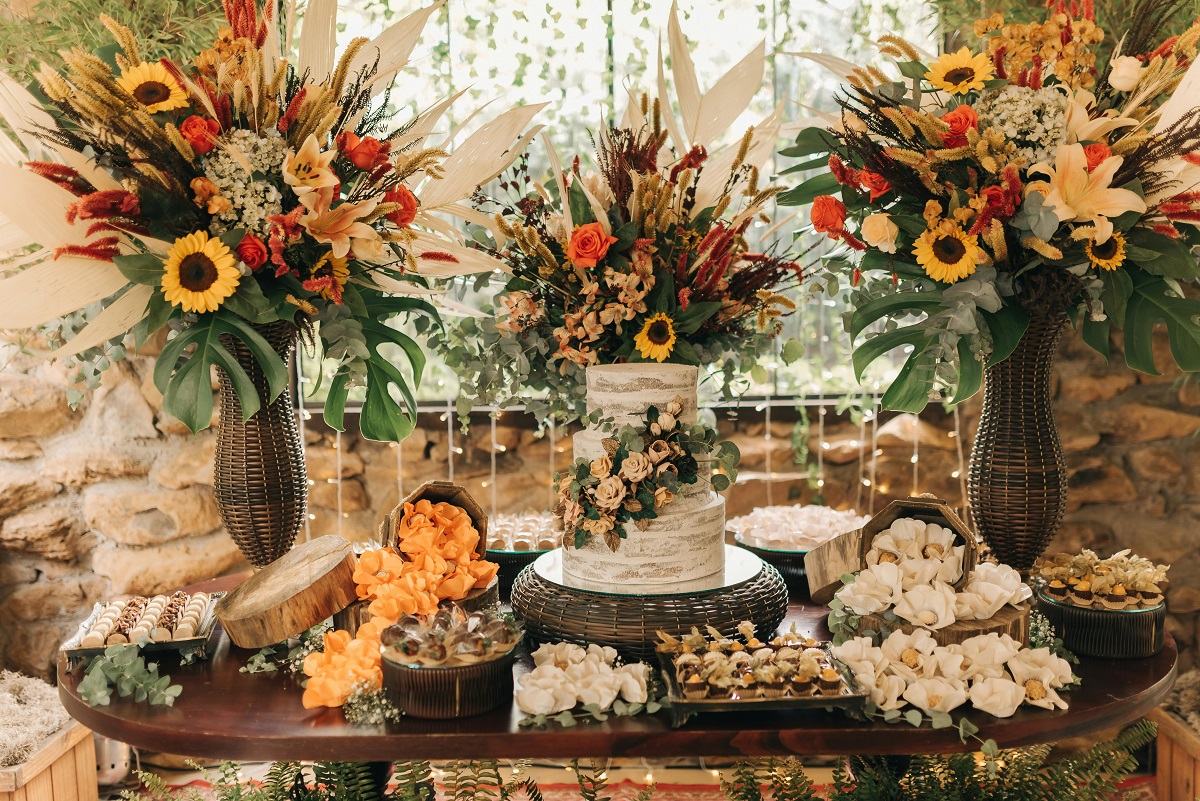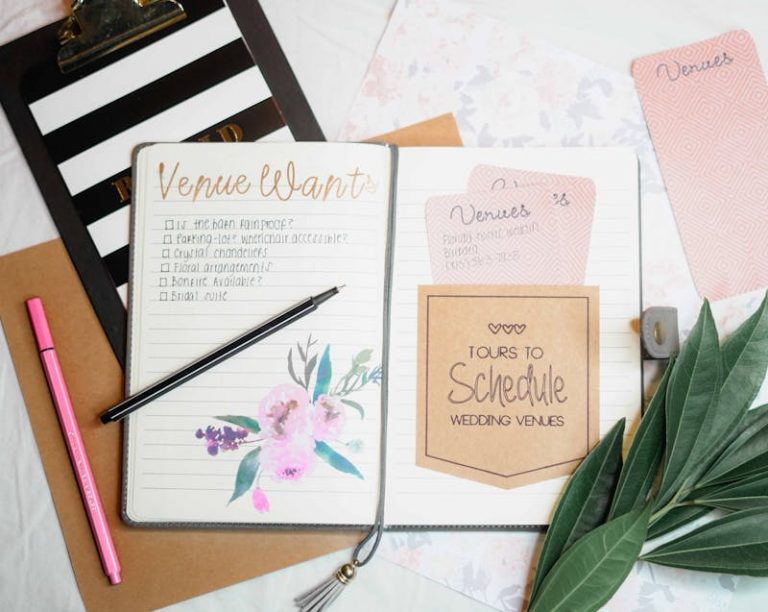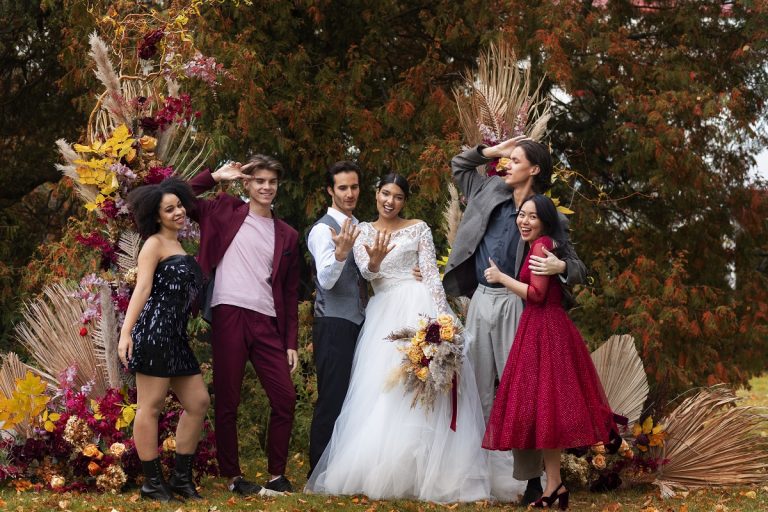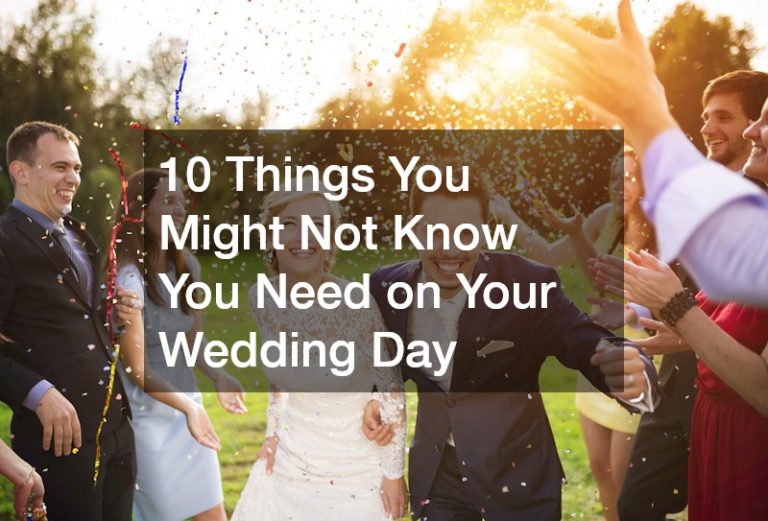
Planning a fall wedding gives you the chance to embrace nature’s most stunning palette. From deep burgundies to burnt oranges and golden yellows, autumn is full of rich colors that can transform your wedding day. One of the best ways to tie your color scheme together is through flowers. Choosing the right blooms not only elevates your decor but also makes your entire celebration feel cohesive and intentional.
This guide will walk you through how to match fall wedding flowers with your seasonal color scheme, offering tips for bouquets, centerpieces, ceremony decor, and beyond.
Why Do Fall Wedding Flowers Matter?
Flowers have the power to set the tone of your wedding. The right floral choices can:
- Enhance your venue’s natural surroundings
- Tie together your chosen colors
- Add texture and depth to your decor
- Create stunning photo backdrops
- Reflect your personal style
With so many options, the key is to select blooms that align with both your wedding palette and the overall vibe you want to create.
What Are the Most Popular Colors for Fall Weddings?
Before choosing flowers, it helps to define your color scheme. Typically, fall wedding colors feature a mix of warm earth tones and deep jewel hues that capture the season’s natural beauty. Here are some popular options:
- Burgundy and Wine: Deep, romantic shades perfect for dramatic bouquets.
- Burnt Orange and Terracotta: Earthy and vibrant, great for rustic weddings.
- Mustard Yellow and Gold: Adds brightness without feeling summery.
- Olive and Sage Green: Natural tones that balance bold colors.
- Plum and Fig: Moody purples that pair beautifully with metallic accents.
- Copper and Rust: Warm metallics that look amazing with dried elements.
Once you have your colors, you can pick flowers that naturally complement them.
Which Fall Wedding Flowers Work with Each Color Palette?
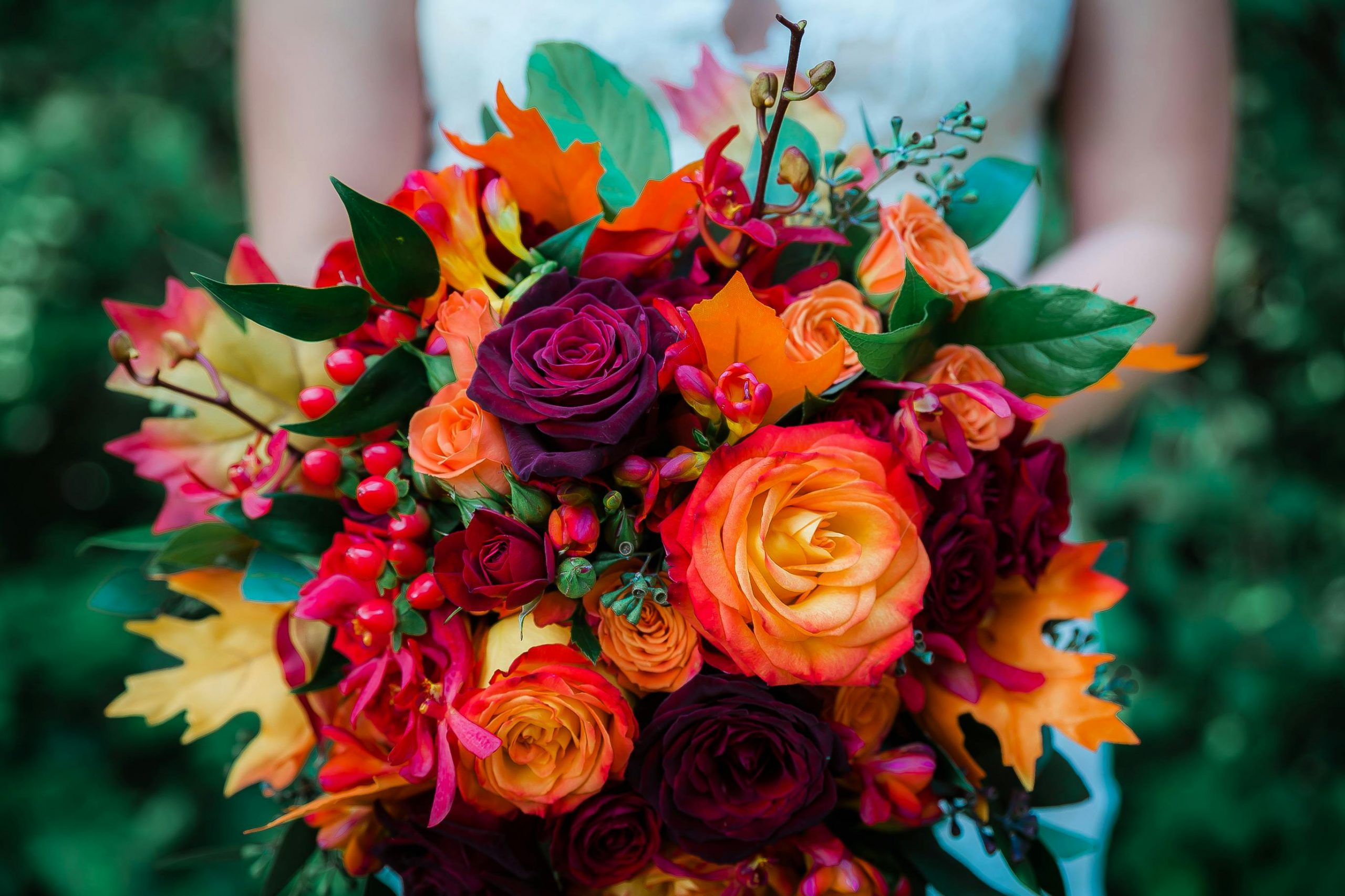
Here are some flowers that fit seamlessly into common fall color schemes:
Burgundy and Wine Palette
- Dahlias
- Scabiosa
- Amaranthus
- Garden roses
These flowers add richness and drama, perfect for elegant or moody wedding themes.
Burnt Orange and Terracotta Palette
- Chrysanthemums
- Marigolds
- Ranunculus
- Zinnias
Ideal for rustic or bohemian weddings, these blooms bring warmth and vibrancy.
Mustard Yellow and Gold Palette
- Sunflowers
- Billy balls (Craspedia)
- Yellow mums
- Goldenrod
They pair beautifully with greenery and neutrals, brightening up your arrangements.
Plum and Fig Palette
- Calla lilies
- Purple lisianthus
- Hellebores
- Blackberries as accents
These tones add a luxurious, romantic feel to your floral designs.
How to Choose the Right Flowers for Your Venue
Your venue sets the overall tone of your wedding day, and your flowers should complement rather than compete with the setting. Choosing blooms that work harmoniously with the space ensures your color palette feels intentional and well-balanced.
Barns and Rustic Spaces
Barn venues naturally pair well with a relaxed, country feel. Opt for flowers that look slightly wild and unstructured to match the rustic aesthetic.
- Best choices: Sunflowers, dahlias, zinnias, and chrysanthemums.
- Accents: Incorporate dried grasses, wheat stalks, and pampas grass for texture.
- Styling tip: Use wooden crates, mason jars, or galvanized buckets as containers to enhance the casual charm of the setting.
Historic Estates
These venues often have classic architecture and refined interiors, so your floral arrangements should echo that sophistication.
- Best choices: Garden roses, peonies, lisianthus, and ranunculus in jewel tones.
- Accents: Eucalyptus, ivy, or olive branches for soft greenery.
- Styling tip: Go for symmetrical arrangements in ornate urns or gold vases to match the timeless elegance of the space.
Outdoor Gardens
When surrounded by natural beauty, the flowers you choose should blend with rather than overpower the environment.
- Best choices: Marigolds, mums, asters, and cosmos in autumn shades.
- Accents: Berries, seed pods, or twigs for an organic touch.
- Styling tip: Use seasonal blooms to mirror the surrounding foliage and create a seamless transition between your decor and nature.
Backyard Wedding
For a backyard wedding, flowers can transform a familiar space into something truly magical. The casual setting allows you to mix formal and informal arrangements freely.
- Best choices: Wildflowers, dahlias, and garden roses combined with herbs like rosemary or lavender.
- Accents: String lights and lanterns with small floral clusters for cozy charm.
- Styling tip: Keep arrangements relaxed but cohesive by using similar color tones throughout the yard, from the ceremony arch to the table centerpieces.
Modern Urban Spaces
City venues like lofts, galleries, or rooftop spaces often feature minimalistic designs. Here, flowers can act as bold pops of color against clean backdrops.
- Best choices: Calla lilies, orchids, anemones, and proteas in strong, singular shades.
- Accents: Metallic vases or geometric stands to match the urban aesthetic.
- Styling tip: Keep arrangements structured and sleek, avoiding overly fussy or rustic designs.
Matching flowers to your venue doesn’t just make the decor feel cohesive—it ensures your floral design enhances the natural character of the space.
How Can You Use Flowers to Tie Your Color Scheme Together?
Flowers are the most visible way to express your wedding colors, so placement and arrangement matter. Using them strategically across different parts of your celebration ensures your palette feels connected from start to finish.
1. Bouquets
Your bouquet sets the tone for the entire floral design. Choose blooms that represent your main colors, then add accent shades to create depth and interest.
- For a burgundy color scheme, add hints of mustard, copper, or blush for balance.
- For earthy terracotta tones, mix in cream or sage greenery to soften the look.
- For jewel tones, add metallic ribbon or berry sprigs to elevate the richness.
Styling tip: Incorporate textured elements like dried leaves or seed pods to reflect the season.
2. Centerpieces
Centerpieces bring your reception tables to life and tie your color palette directly into your guests’ experience.
- Use flowers in varying shades of your chosen colors for a dynamic, layered look.
- Add seasonal accents such as mini pumpkins, pinecones, or dried oranges to reinforce the autumn vibe.
- Choose containers that match your venue’s style—wooden boxes for rustic, metallic stands for modern, and glass vases for elegant settings.
3. Ceremony Decor
Your ceremony space is where the first impression is made, so let your flowers make an impact.
- Consider floral arches featuring your primary colors, accented with greenery or dried grasses.
- Aisle markers can be simple yet stunning—think clusters of flowers tied with silk ribbons or small lanterns surrounded by petals.
- Add fabric draping in a complementary shade to enhance the floral display.
4. Boutonnieres and Corsages
Small floral details like boutonnieres and corsages can mirror your main color palette without overpowering the outfit.
- Use a single standout bloom (like a burgundy dahlia or burnt orange ranunculus) paired with greenery.
- Add a metallic ribbon or dried accent to tie in your secondary colors.
- Keep designs minimal for a polished, cohesive look.
What About Dried and Textural Elements?
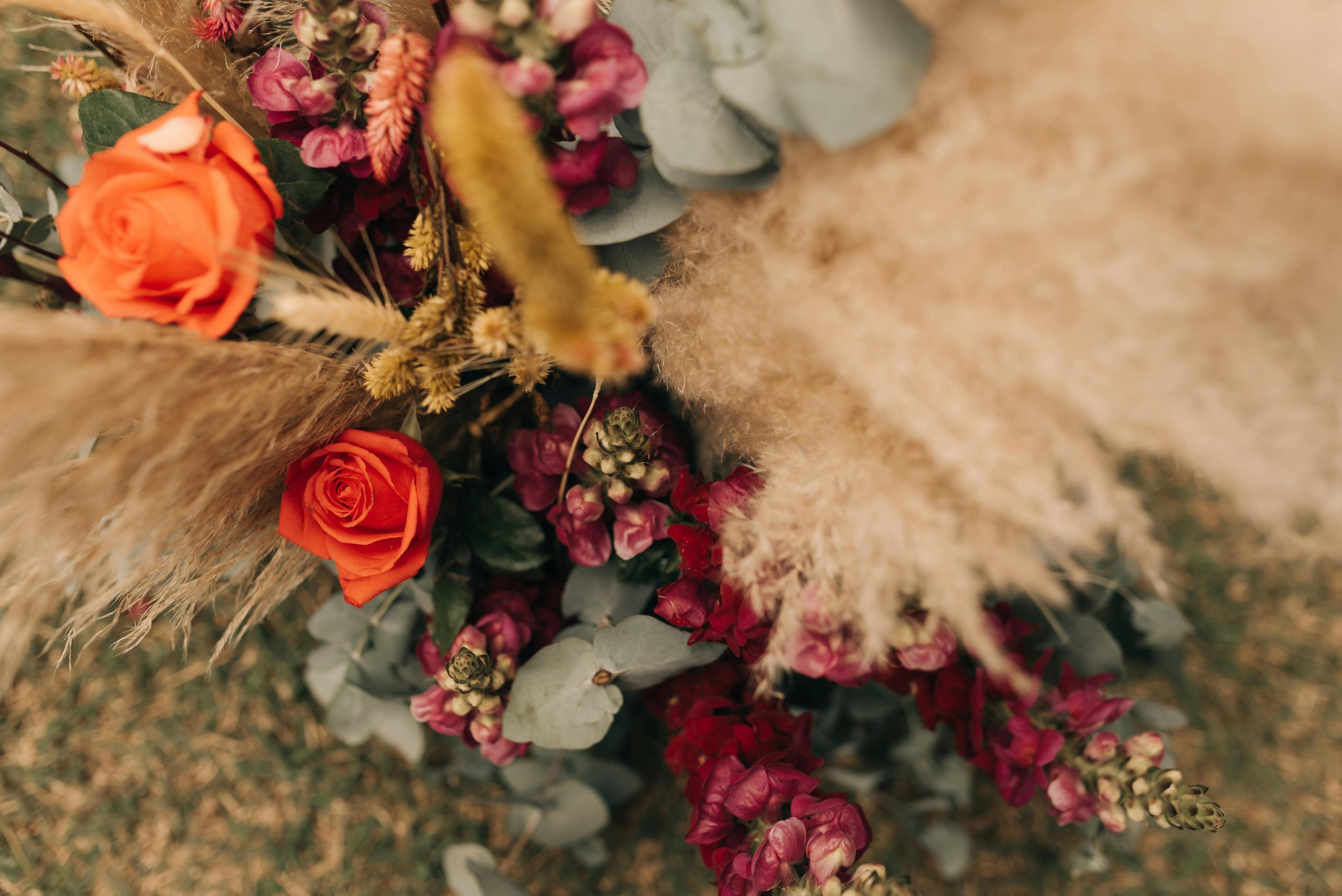
Fall weddings naturally lend themselves to textures, and dried elements can enhance the richness of your floral arrangements. Pampas grass, wheat, dried ferns, seed pods, and preserved leaves bring dimension and warmth. They also pair beautifully with fresh blooms, creating arrangements that feel layered and seasonal.
Styling tips for using dried elements:
- Mix them with fresh flowers to avoid a flat or overly rustic appearance.
- Use copper or gold accents to make dried textures feel luxe.
- Include them in bouquets, centerpieces, and ceremony backdrops for consistency.
These textural touches not only look stunning but also photograph beautifully, adding a timeless quality to your wedding album.
Tips for Creating a Cohesive Floral Design
- Stick to 2–4 main colors. Too many competing shades can overwhelm your decor.
- Mix textures. Combine fresh blooms with dried elements to add depth.
- Incorporate greenery. Eucalyptus, olive branches, and ferns balance bold colors and make arrangements feel natural.
- Test your colors under lighting. What looks great in daylight may change under indoor or evening lighting.
- Collaborate with a florist. An experienced florist can suggest seasonal blooms that match your vision while staying within budget.
In a Nutshell
Matching fall wedding flowers with your seasonal color scheme doesn’t have to be overwhelming. Start by choosing a palette that reflects your style, then select flowers that naturally complement those tones. Incorporate texture with greenery and dried elements, and don’t forget to consider how your venue will influence the overall look.
With thoughtful planning, your flowers will not only tie your wedding design together but also showcase the beauty of autumn in every detail.

